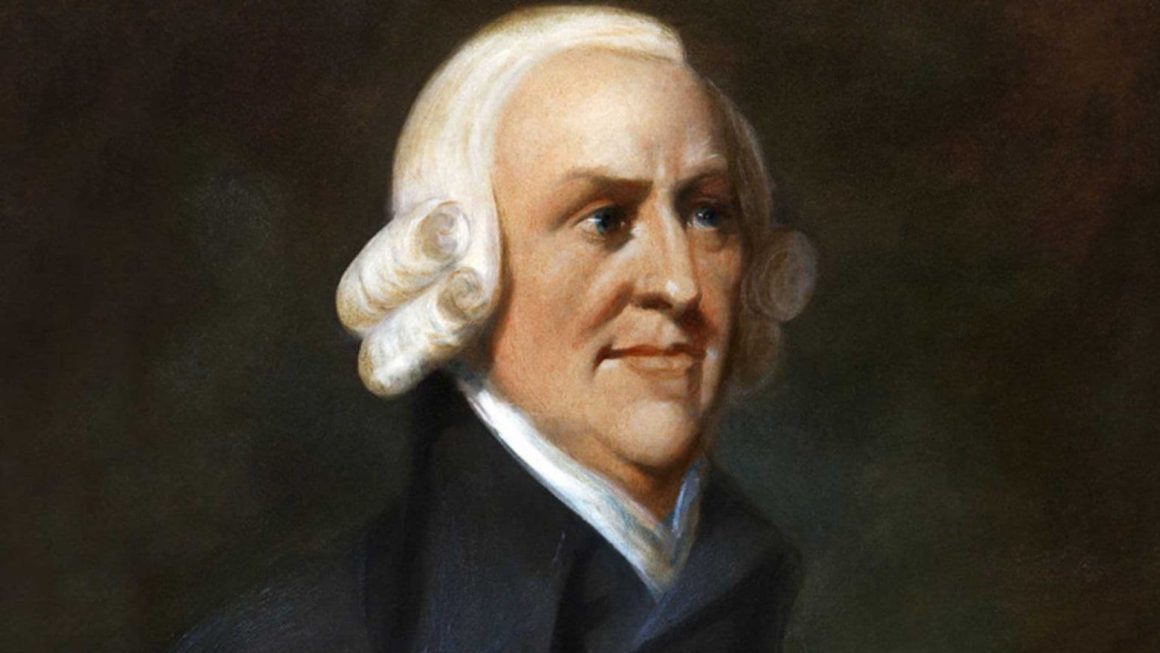Based on Quivy & Campenhoudt (1998), the success of a scientific research study depends on the correct execution of a number of procedures that require different skills. This set of steps isn’t just a simple collection of isolated techniques, but a comprehensive journey that has meaning and requires reinvention with each new research project.
When a social sciences researcher encounters a difficulty, the reasons are almost always methodological. It is important to understand that social research consists of a succession of methods and techniques to be applied in a determined order. However, it is possible to vary the choice, development, and certain organizations of the work processes (QUIVY; CAMPENHOUDT, 1998).
For Quivy & Campenhoudt (1998, p. 19), the function of social sciences research is to:
“Better understand the meanings of an event or behavior, to intelligently assess the situation, to more perceptively grasp the operational logics of an organization, to accurately reflect on the implications of a political decision, or even to more clearly understand how certain people apprehend a problem and to make visible some of the foundations of their representations.”
In the field of social sciences, it’s not possible to construct definitive truths, but rather to rely on elaborate theoretical and methodological frameworks that form a partially structured field (QUIVY; CAMPENHOUDT, 1998).
At the beginning of a research project, it’s common to want to study a certain topic or problem but not know very well how to approach it. This initial confusion is normal and shouldn’t be a cause for anxiety. The researcher needs to get out of this phase in the right way. However, there are some common mistakes we make that prevent us from moving forward. The first of these is “bibliographic or statistical gluttony,” which occurs when the researcher fills up on a large number of books and articles with the expectation of finding the answers they are looking for. The correct thing to do is to reflect on what you are seeking to know and the way to obtain that knowledge. The second mistake is avoiding thinking about hypotheses. It’s common for the novice researcher to worry about getting data for their research without first having formulated hypotheses. The researcher can only choose the research method if they first have an idea of the nature of the data they will seek. It’s useless to have the correct application of techniques if they are not part of a poorly defined and vague project (QUIVY; CAMPENHOUDT, 1998).
Every procedure is a way of progressing toward an objective. In the same way, a scientific procedure involves understanding its fundamental principles and putting them into practice in the research work. In this sense, all research must obey some identical principles, even if it follows different paths to be defined by the researcher (QUIVY; CAMPENHOUDT, 1998).
These principles are presented in the work Le métier de sociologue: Préalables épistémologiques (The Sociologist’s Craft: Epistemological Preliminaries), published in 1968, written by Pierre Bourdieu, Jean-Claude Chamboredon, and Jean-Claude Passeron. The authors name these procedures the “hierarchy of epistemological acts.” They are: (1) rupture; (2) construction; (3) verification or experimentation (QUIVY; CAMPENHOUDT, 1998).
Rupture consists of breaking with false premises and evidence. This is the first act of the scientific procedure: to forget illusory ideas about phenomena. In the field of social sciences, our intellectual baggage is often inspired by false presuppositions about certain phenomena (QUIVY; CAMPENHOUDT, 1998).
In construction, the researcher studies and plans the research design to be followed. This requires an organized conceptual system, based on theory and a theoretical frame of reference (QUIVY; CAMPENHOUDT, 1998).
Verification is the third act of the process and consists, obviously, of verification or experimentation. A proposition only has the right to reach scientific status if it has passed the test of verification or experimentation (QUIVY; CAMPENHOUDT, 1998).
In the work Manual of Social Sciences Research, Raymond Quivy and Luc Van Campenhoudt (1998) unfold these three steps into seven. The following texts will explain each of these steps.
References
QUIVY, Raymond; VAN CAMPENHOUDT, Luc; SANTOS, Rui. Manual de investigação em ciências sociais. 1998.




